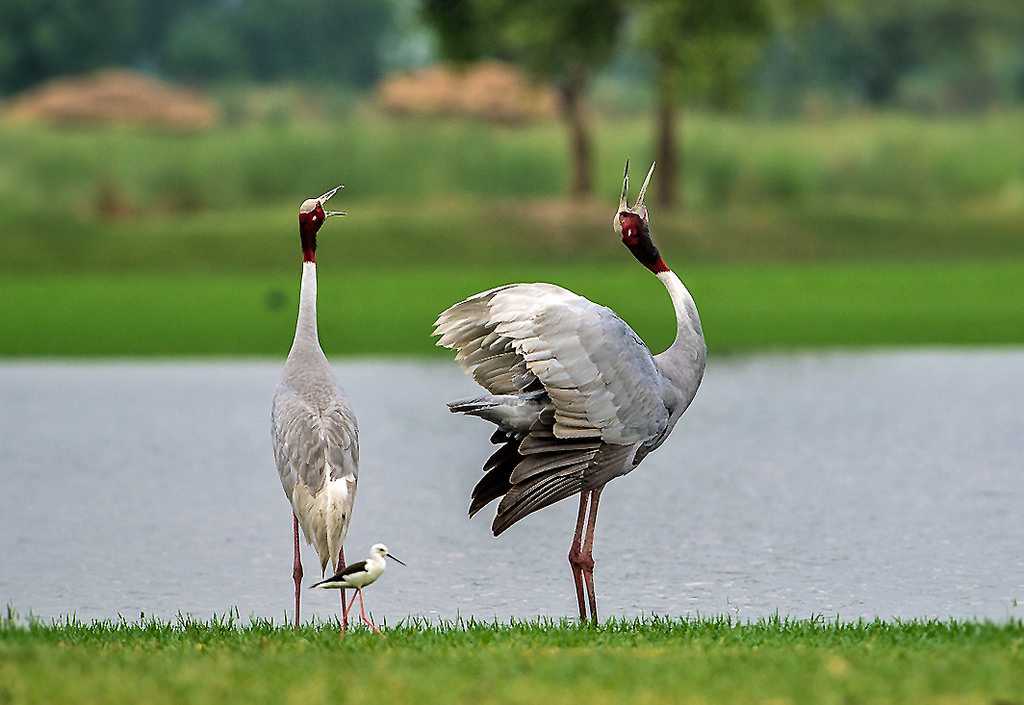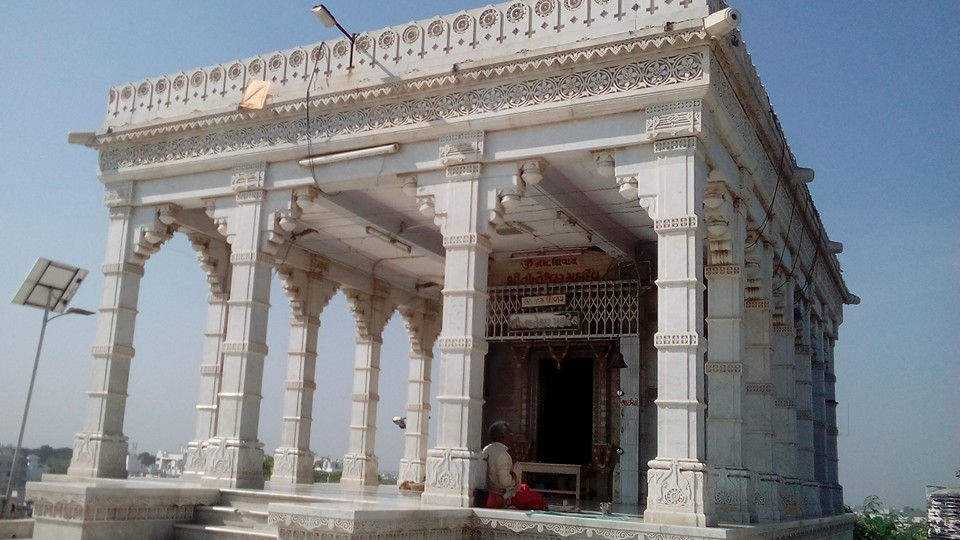Bhavnagar Blackbuck National Park
Tags : National Park
Time Required : Winters - December to March
Bhavnagar Blackbuck National Park, Bhavnagar Overview
Bhavnagar Blackbuck National Park, Velavadar is located in the Bhavnagar district of Gujarat, India. This national park is known to provide a magical experience to its visitors. The wilderness of this national park is unrivalled. From grasslands to mud flats Bhavnagar Blackbuck National Park is a paradise for birdwatchers. Know that this sanctuary has been primarily declared for the conservation of Blackbucks. You can, however, find a horde of other mammals and birds.
Read More on Bhavnagar Blackbuck National Park
About Blackbuck National Park
The National Park was established in the year 1976. Situated in the Bhal region of Saurashtra, Bhavnagar Blackbuck National Park is strictly reserved for the betterment of the wildlife. The boundaries of this park are well protected and circumscribed to prevent activities like forestry, poaching, grazing, and hunting. Historical accounts say that the grassland or Vidi belonged to the Maharaja of Bhavnagar (then a princely state). He used to hunt blackbucks with the help of hunting cheetahs.
It was after the independence of India that the grassland was subjected to unchecked hunting. There were no rules and regulations to counter the same. Hence, in 1976 it was declared as a sanctuary by the Government of India. According to Hindu Mythology, Blackbucks are sacred animals. It has various names like Askailyar in Gujarati, Krishna Sara, Krishna Mruga, and Sarang in Sanskrit. However, 1982 saw the worst cyclone ever, and it killed around 311 blackbucks.

Blackbuck in Bhavnagar National Park
Geography of Blackbuck National Park
The National Park area consists of 7.57 sq km of dense grassland, 9.91 sq km of sparse grassland, 5.05 sq km of shrubland, 5.13 sq km of saline land, and 5.08 sq km of high tidal mudflats. It has been classified as the 4B Gujarat-Rajwada Biotic Province of the Semi-arid Bio-geographical Zone.
Biodiversity of Blackbuck National Park

Sarus Cranes
Also, did you know that Bhavnagar National Park is the only tropical grassland in India? This tropical grassland is home to several migratory birds during the winter season, and the wetland to the south of this park attracts birds like flamingoes, ducks, coots, white storks, sarus cranes, etc. This place has also earned popularity as the largest Roosting Ground for four species of migratory birds in the world.
Bhavnagar National Park is heaven for a diverse variety of flora and fauna. Nature lovers and wildlife photographers will have a good time in the National Park.
Flora of Blackbuck National Park
Fauna of Blackbuck National Park
Migratory birds from Central Asia, Siberia, and Europe find shelter in this place to escape the extreme weather conditions of the winter season. Bird lovers can easily spot birds like Pelicans, Flamingoes, Waders, Painted Storks, Spotted Eagles, Steppe Eagles, Rufous-tailed Lark, Chestnut Bellied Sandgrouse, Quails, Laggar Falcon, Eurasian Hobby, Kestrel, Red-necked Falcon, Ashy-crowned Sparrow, Singing Bushlark, Indian Bushlark, Tawny Eagle, Peregrine Falcon, Short-toed Eagle. Endangered species of Vultures also visit Velavadar National Park.
Besides migratory birds, visitors can also get a view of several mammals very closely because of being a Flat Grassland. As the name of the Park suggests, this National Park is exclusively made for the Indian Blackbuck and its protection. The other mammals commonly found in this National Park are the Nilgai, Wild Boar, Indian Grey Wolf, Indian Fox, Jungle Cat, Hare, Mongoose, Wild Pigs, Field Mice, Striped Hyena, Golden Jackal, Gerbil, Hedgehog, Rodents, etc. This region is also a habitat for reptiles like Saw Scaled Vipers, Common Cobra, Sand Boa, Rat Snake, Krait, etc.
Safari and Other Activities at Blackbuck National Park

Takhteshwar Temple
Also, you can visit the Takhteshwar Temple which was built in 1893 by the local royal family of the district. This temple is dedicated to Lord Shiva.
Entry Fees, and Fees for these activities
- For Indians: INR 20/per person
- For Indian children (3 to 12 years): INR 10/per person
- For Indian students’ Educational Tour: INR 10/per person
- For Non-Indians: the US $5/per person
- For Non-Indian children (3 to 12 years): the US $5/per person
- For Indians: INR 200 (for 6 people), INR 500 (for 15 people), INR 1750 (for 60 people)
- For Non-Indians: US $20 (for 6 people), US $50 (for 15 people), US $175 (for 60 people)
- For Indians: INR 100
- For Non-Indians: US $10
- For Indian (for four hours): INR 50/- (INR 20 for every subsequent hour)
- For Non-Indians (for four hours): US $10 (the US $5 for every subsequent hour)
